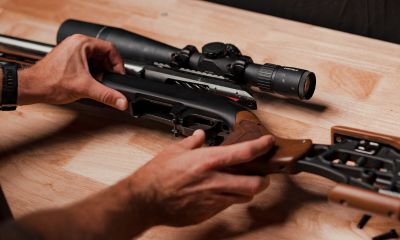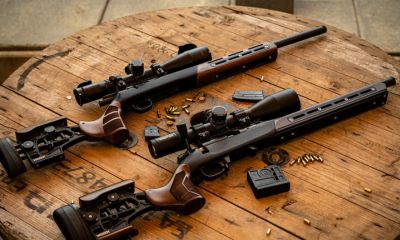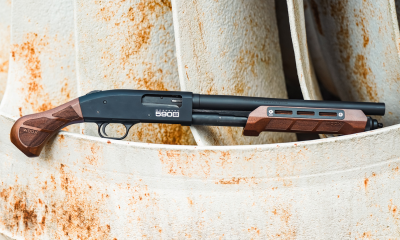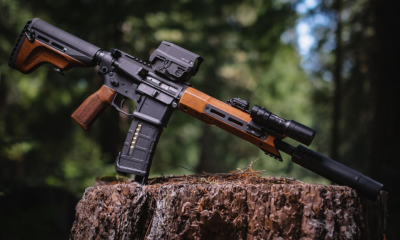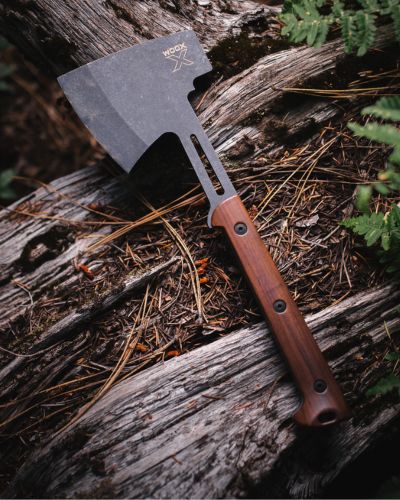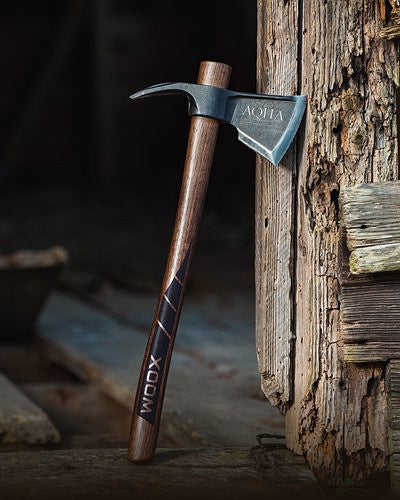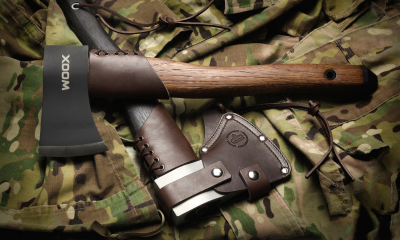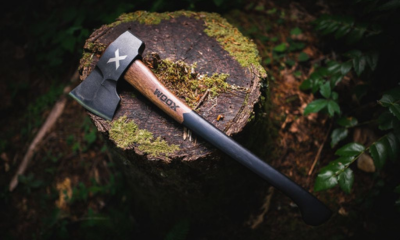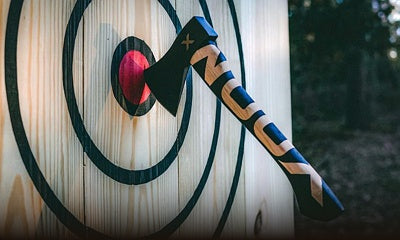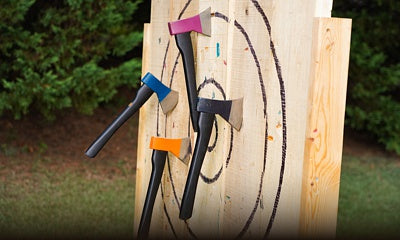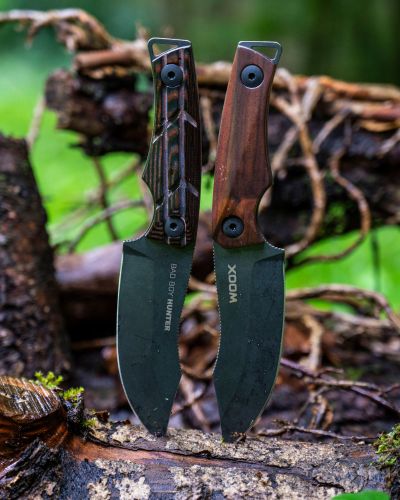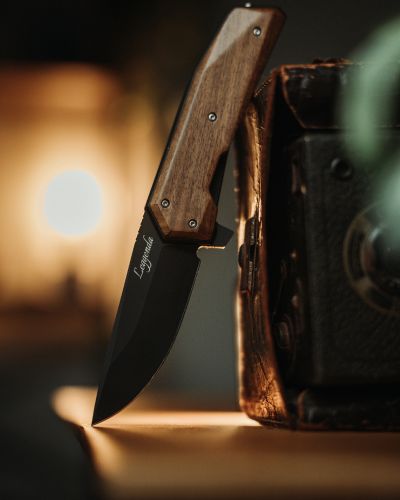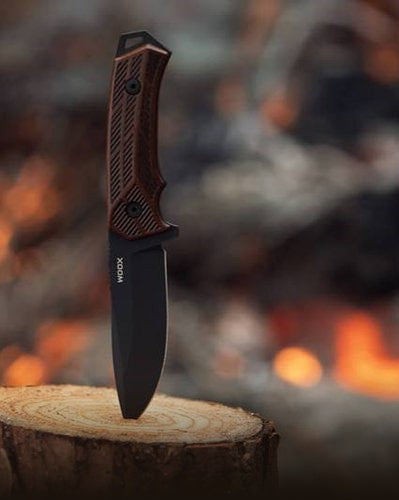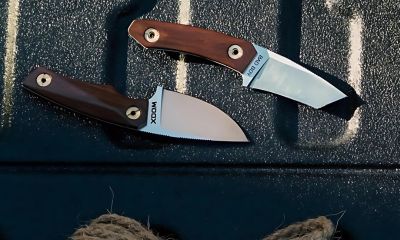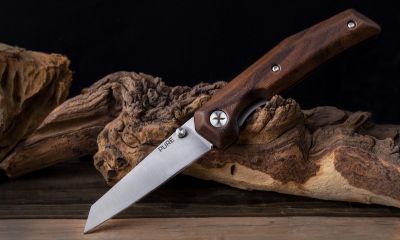
6 (+1) Best Ways To Improve Your Accuracy
As all shooters know, the entire point of the exercise is to hone your ability to make a projectile impact your target precisely where you want it to hit… to be accurate. Accuracy is KING in the shooting sports, whether you’re hunting, shooting clays, or competing in 1,000-yard rifle matches. Anything you can do to improve your accuracy is worth exploring. Let’s take a look at what I believe are the top things you can do to improve your accuracy.
ACCURACY TIP #1: PRACTICE
As the old joke says, practice is how \you get to Carnegie Hall. But what do I mean by practice? Practice isn’t merely going to the range and plinking at tin cans set on fence posts (no matter how fun that is!). Practice is going to the range with a PLAN and working on specific techniques.
As the old joke says, practice is how \you get to Carnegie Hall. But what do I mean by practice? Practice isn’t merely going to the range and plinking at tin cans set on fence posts (no matter how fun that is!). Practice is going to the range with a PLAN and working on specific techniques.
"Practice is repeating PROPER techniques over and over and over, not until you get it right, but until you can’t get it wrong."

Practice includes the use of equipment like timers and includes record keeping on such things as bullet weight and other load data, group measurements (check out our article about MOA), wind and other weather factors, and any other variables. Practice should focus on building consistency to reduce the effects of every variable you can control.
Of course, all work and no play makes Jack a dull boy, so make sure to include time for just plain fun in your range schedule… but if you want to improve your accuracy, then focused, directed, specific practice is probably the most important thing you can do.
ACCURACY TIP #2: GET A RIFLE THAT FITS
You must have a rifle that fits. It must be sized for your body. The length of pull, comb, and other dimensions of the stock must be tailored to your specific dimensions. This is important because to shoot the rifle well it needs to be comfortable. If it isn’t, you’ll be fighting against your equipment, and that will introduce small movements into your interaction with the rifle. These small movements can translate to big variations downrange.

Proper fit is important because the way your rifle fits you can change how you put pressure on the trigger, align the sight, look through your optic, cant the rifle, load your bipod, etc.
ACCURACY TIP #3: use a (good) bipod
Using a bipod can drastically increase your accuracy when compared to free standing shooting. A good bipod will be adjustable and will be sturdy and well made. It needs to be able to hold the front of your rifle steady over potentially uneven terrain (particularly when you’re hunting). Warne, Harris, and Accu Shot make some that are well regarded.
ACCURACY TIP #4: use a (very good) Optics
The old rule of thumb is that you should spend at least as much on your optic as you did on your rifle. A good optic can aid tremendously with accuracy- it’s how we aim the rifle, after all. Look for a well-constructed optic that is sturdy enough to stand up to the rigors of its intended use. Choose one with a large objective lens that has good light transmission. Make sure your optic has a reticle design for your intended style of shooting. Learn how to use your scopes range finding system, bullet drop compensation, and other included features
HOW MANY CLICKS TO SIGHT MY RIFLE SCOPE?Remember that your rings are just as important as your scope. Don’t buy a $200 optic and mount it with a $50 pair of rings… you’ll probably be a bit disappointed with the results.

Bipod and Optic are crucial components of your next precision shooting set up.
ACCURACY TIP #5: invest in an AFTERMARKET TRIGGER
Your trigger pull can have a large bearing on how accurate you shoot your rifle. If you don’t have a good trigger, you can put unwanted pressure on the rifle, which moves your muzzle and causes a shift in your point of impact. Your trigger should be only as heavy as safety dictates for your rifles’ purpose. A defensive rifle should have a heavier trigger than a hunting rifle, which should be heavier than a target rifle.
Regardless of the trigger’s pull weight, your trigger should move freely and smoothly, without any “grit” or side to side movement. It should “break” cleanly and abruptly, and there should be very little take-up. The ability to adjust your overtravel is a plus.
ACCURACY TIP #6: use (the best) aftermarket stock
As I said in another article, a good aftermarket stock can be very helpful in improving your accuracy. It should be rigid. It should adjust to your body. It should be able to mount a sling, bipod, and other accessories that can help support your rifle. It should be dimensionally stable and weather resistant. It should not impinge on your rifle’s barrel, and your action should be firmly bedded within it. Plus, it should be a ting of beauty.
Of course, you can find all these things in WOOX’s line of rifle stocks, with the Furiosa being the penultimate example of both performance and style.

Quality stocks help a shooter maintain the proper positioning and head alignment, as well as give everything a solid housing and support system
ACCURACY TIP #7: PRACTICE SOME MORE
That’s right, I put Practice in here twice. It really IS that important. I neglected to mention the first time that, to help you direct your practice, you might want to seek out a reputable shooting school and get some training. A good trainer can analyze your shooting and give you specific guidance and coaching that can direct your future practice.

Remember. Only practice can turn you into a real accomplished precision shooter
That’s my list of the top 7 things you can do to improve your accuracy- practice, get a rifle that fits, use a bipod, use a quality optic, get an aftermarket trigger, get an aftermarket stock, and get some more practice (guided by some training). I hope this list helps you be a better shooter, and helps you find more enjoyment in the shooting sports.
This article is written by Mike Kreitzer. Mike is Editor of MK Outdoor Journal on YouTube, a Voting Member of the Professional Outdoor Media Association and Media Member of the National Shooting Sports Foundation.



